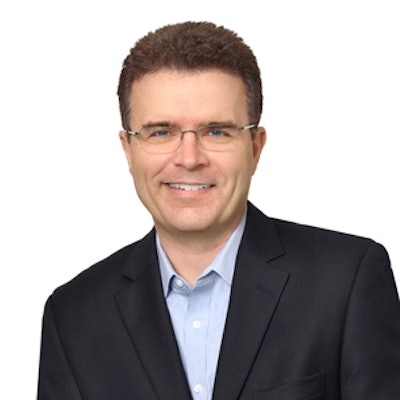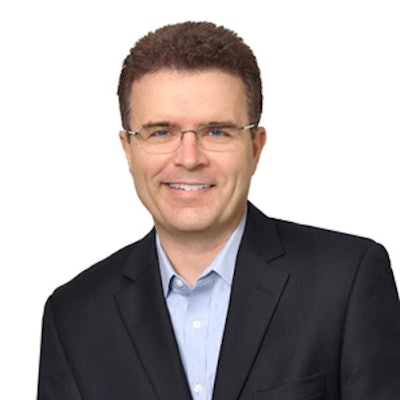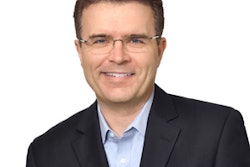
A root canal infection can be disruptive to a patient's life, causing persistent pain and impacting the ability to bite and chew, concentrate, get through the day, even sleep at night, no matter what over-the-counter medication one takes for some relief. Yet, many still prolong treatment due to unrealistic concerns about discomfort and downtime.
Below, I explore two common misconceptions and the not-so-scary truths about root canals that hopefully aid practitioners in persuading patients that this procedure is not something to be afraid of, but instead, is something that should be prioritized.
Misconception No. 1: Root canals are uncommon.
 Bjarne Bergheim.
Bjarne Bergheim.When a procedure is thought to be uncommon, patients typically have apprehensions about moving forward due to fear of complications or lack of knowledge, such is the case with root canals. What many may be surprised to learn is that root canals are actually a common, standard procedure for saving infected teeth.
There are more than 15 million root canals performed every year in the U.S. by both specialist endodontists and general dentists. With this knowledge, patients can be put at ease knowing this is a relatively routine procedure for their provider and something that is common among their peers.
Misconception No. 2: Root canals are always painful.
Many patients avoid scheduling dental appointments because they fear what the diagnosis may be and the potentially invasive treatment options. One common fear is the perceived pain associated with root canal procedures.
While experiences can vary depending on the complexities of the infection, patients typically encounter more pain from the infection itself than root canal treatment (RCT), which should relieve the pain. While anesthetics used during the procedure can aid in pain management, there are also RCT alternatives for patients to consider that are less invasive and relatively painless.
Conventional methods of RCT depend primarily on instruments to manually scrape and remove tooth structure, as well as open the canals inside the tooth to irrigate and remove infected tissue. These methods are limited in their ability to clean the entire root canal system, which may increase the risk of treatment failure.
Those same methods are commonly associated with postoperative pain, which can contribute to patients' fear of the procedure. According to published studies, between 29% and 70% of patients undergoing conventional RCT report postoperative pain.
Fortunately, dental professionals don't have to solely rely on conventional RCT. New, minimally invasive options, such as the GentleWave procedure, rely less on the file, instead using a combination of disinfecting procedure fluids and broad-spectrum acoustic energy to effectively clean the root canal system. Requiring the use of fewer files, new methods can preserve more tooth structure and clean and disinfect the root canal system.
When treating a root canal, practitioners should consider alternatives to the traditional route to provide a more seamless and less intimidating experience for patients, increasing the likelihood of scheduling an appointment when experiencing oral pain.
Bjarne Bergheim has served as the CEO and president of Sonendo since 2008. Bergheim was Sonendo's first employee and previously served as chief operating officer from 2006 to 2008. Prior to joining Sonendo, Bergheim was a co-founder and a member of the management team of Fjord Ventures, a life science accelerator located in Laguna Hills, CA, focused on building and operating companies in the medical device, diagnostic, and biopharmaceutical sectors. Bergheim received a Bachelor of Science in mechanical engineering from the University of California, Irvine and a Master of Science in mechanical engineering from the California Institute of Technology. He also studied cardiovascular and biomedical engineering at the Norwegian University of Science and Technology in collaboration with Stanford University and the California Institute of Technology.
The comments and observations expressed herein do not necessarily reflect the opinions of DrBicuspid.com, nor should they be construed as an endorsement or admonishment of any particular idea, vendor, or organization.



















